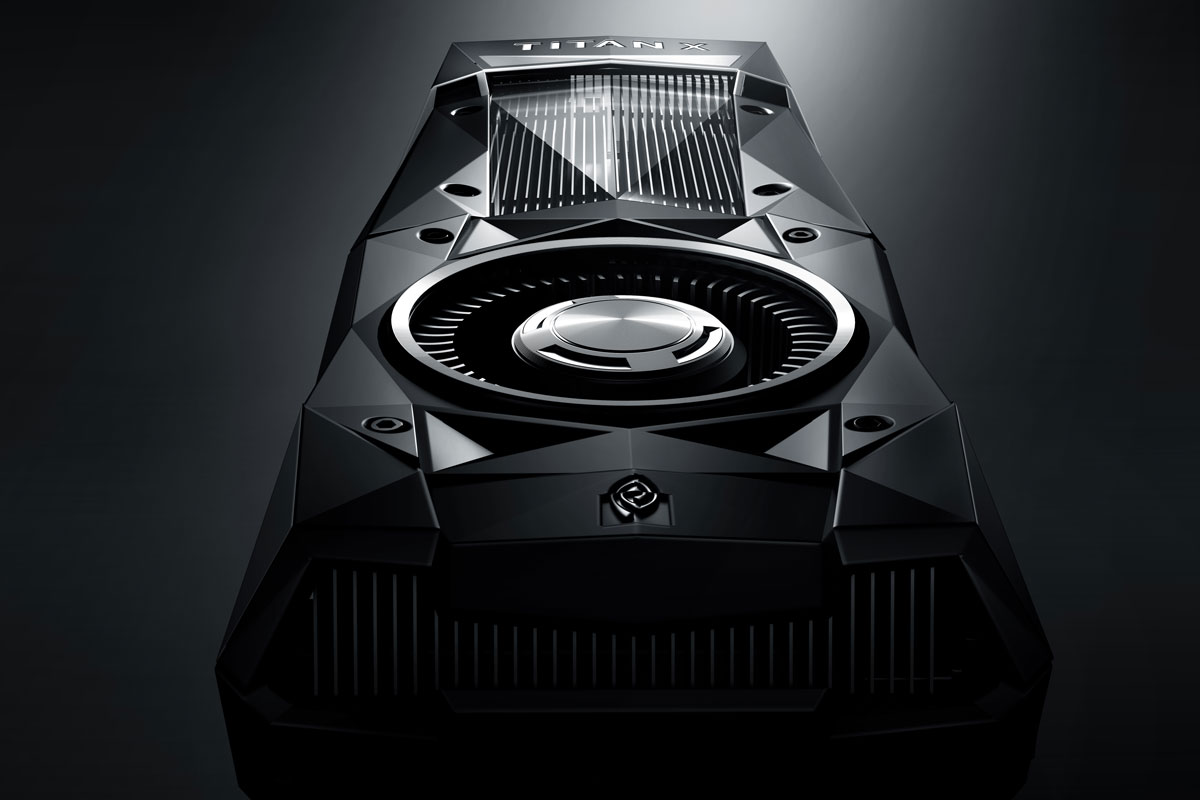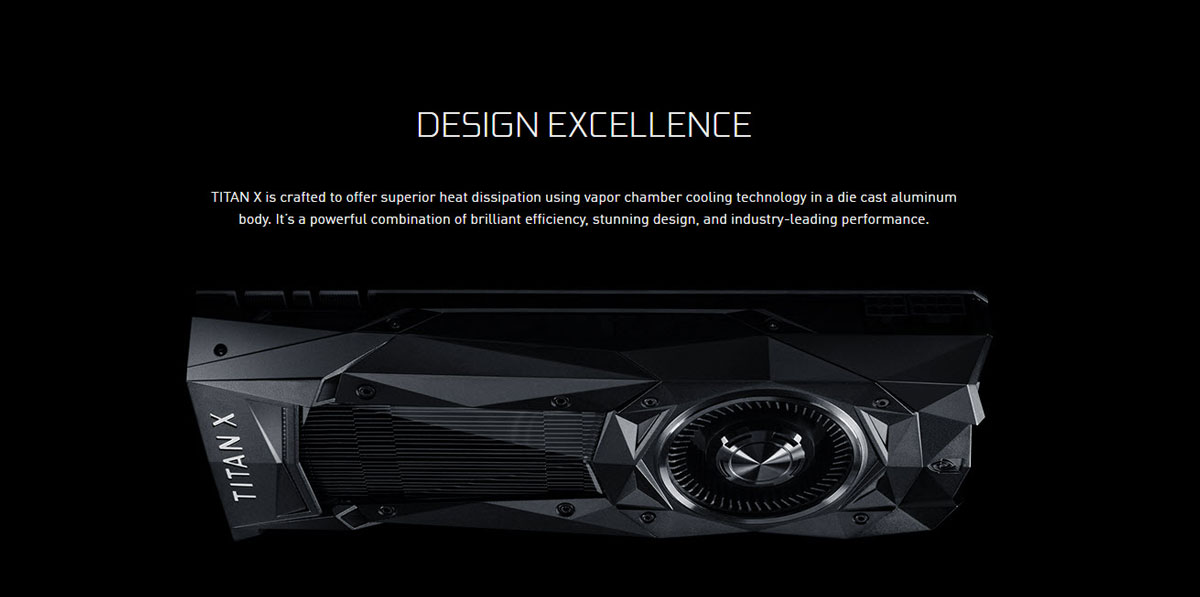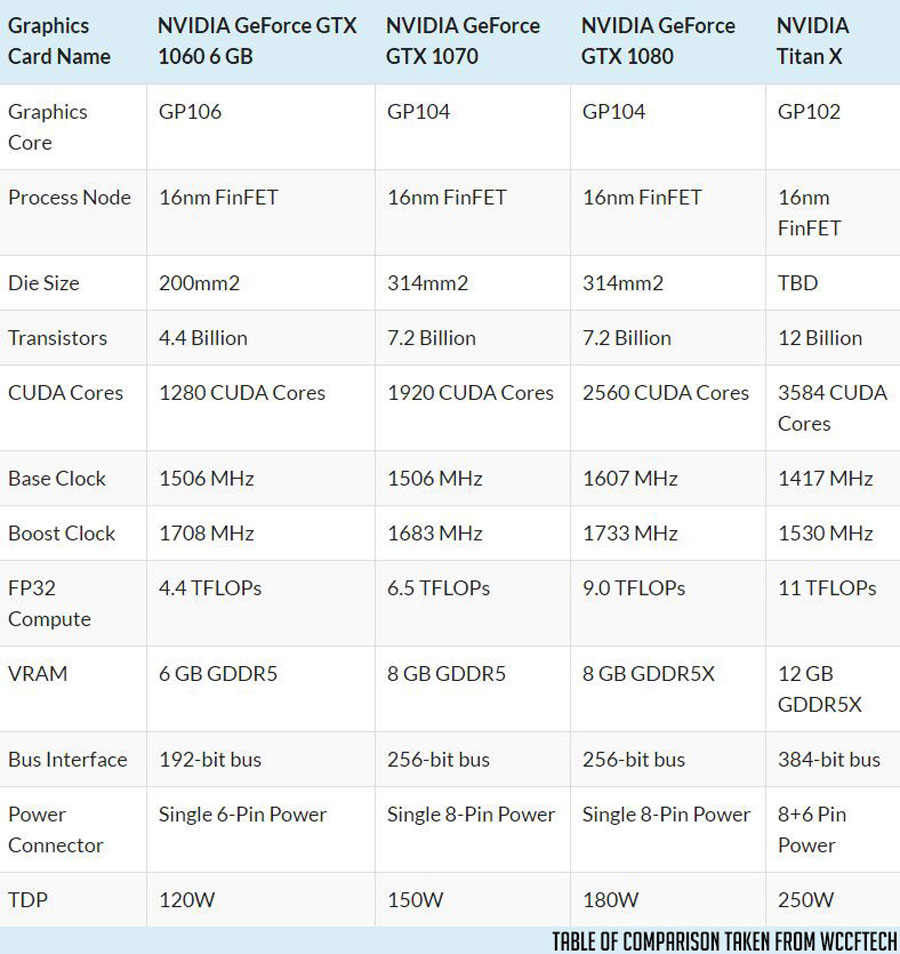Nvidia today surprised everyone with the Nvidia Titan X – The latest graphics card to hail from the Pascal Architecture after the release of the GTX 1060.
Featuring the GP102 core, the new Titan X comes with a whooping 3, 584 CUDA cores and 12 Billion Transistors. A massive difference compared to the fastest Pascal card out in the market, and is aimed to deliver 60 FPS+ at 4K resolutions.
The new card, according to Nvidia wont be called the GeForce GTX Titan X anymore, and will be called the Nvidia Titan X alone. With that said, we could be seeing a whole new branding scheme here, with an Nvidia Titan X for every generation symbolizing the very best that the company has to offer for the prosumers.
11 TFLOPS of Sheer Performance
The new Nvidia Titan X rocks a 12GB of VRAM under the GDDR5X specifications with a 384-bit bus width, combined with a 1417 MHz base clock which should sum up a 11 TFLOPs of untamed performance. That effectively puts it 4 TFLOPs ahead of the last generation Titan X, and will apparently feature a 60% performance gain over the Maxwell based Titan X.
To provide a better perspective on how fast this card is, the Maxwell Titan X is at least ~30% slower than the GTX 1080 based on 15 games averaged by PC Gamer. With that said, the new GP102 Titan X should be around ~30% faster than the GTX 1080 if we are going to based Nvidia’s claims on PC Gamer’s cumulative benchmarks.
Titan X in Black
The new Titan X features the latest Founders Edition cooling solution which is already a sexy beast to look at with the GeForce GTX 1080 and the GTX 1070. Painted in Black, this current generation NVTTM cooler just looks menacing with the Titan X. With this in mind, Nvidia is certain that this vapor chamber based blower style cooler will feed enough air for the 250W TDP card.
Since the power figure is still the same with the older Titan X, the card will rock a combination of 6+8 Pin power connector – which is again similar to that of the older Titan X. It might not be much, but it says a lot about the card since it requires that same amount of power for a 16nm chip – and a power efficient one at that. This could mean that Nvidia really bloated this card to feature everything they could throw at it performance wise, while taking the 250W limit into account, or they gave it much of a leeway for overclocking.
Releasing at $1200 USD
While August is just around the corner, North Americans and Europeans will be the first ones to experience the new Titan X. At 1200 USD MSRP, the Pascal based Titan X is no way near cheap, nor affordable but it does say one thing about the card – that Nvidia is certain about this card’s performance on the map.








